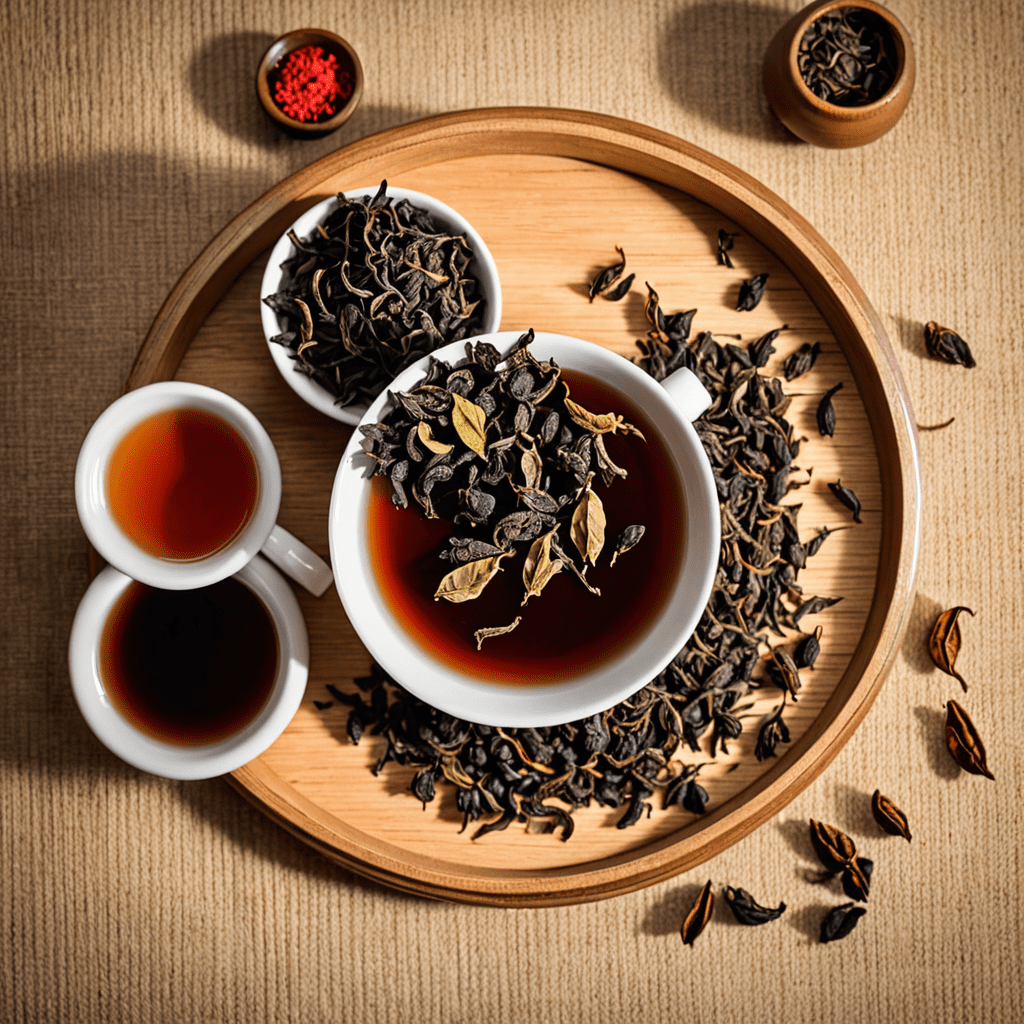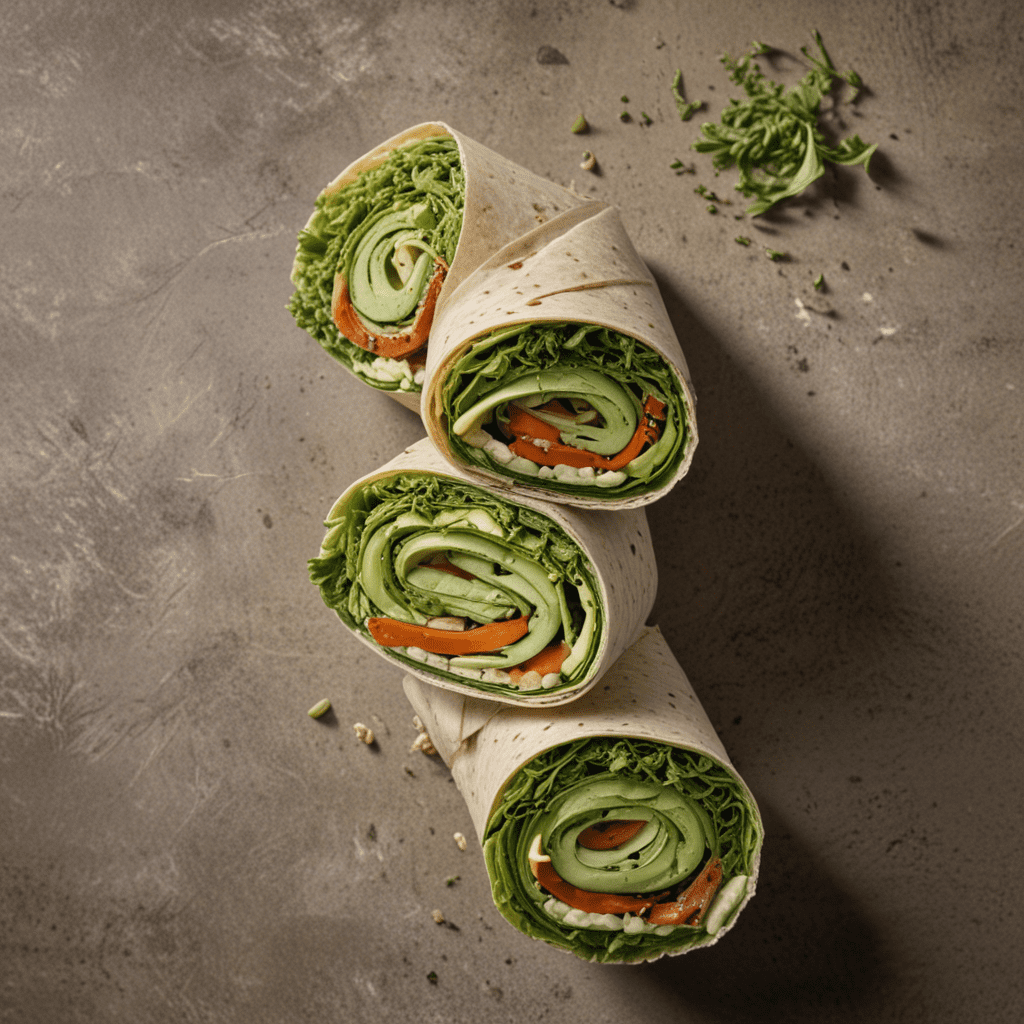1. Introduction: The Allure of Chai
Indulge in the aromatic embrace of chai, a captivating beverage that tantalizes the palate with its symphony of spices. Originating in the vibrant tapestry of the East, chai has transcended cultural boundaries to become a beloved elixir enjoyed worldwide. Its unique blend of flavors and aromas evokes a sense of warmth, comfort, and sensory delight.
2. Chai’s Historical Origins: A Blend of Cultures
The captivating allure of chai stems from its rich historical roots. Tracing its origins to ancient India, chai evolved over centuries as a blend of traditional Ayurvedic medicine and culinary artistry. Merchants and travelers carried the aromatic concoction across the globe, introducing its flavors to diverse cultures. From the bustling streets of South Asia to the cosmopolitan cities of the West, chai became a culinary ambassador, bridging continents and fostering cultural exchange.
3. The Spice Symphony of Chai: Cardamom, Ginger, and More
The essence of chai lies in its harmonious blend of spices. Cardamom, with its warm, slightly minty notes, takes center stage, complemented by the invigorating zest of ginger and the aromatic embrace of cinnamon. Cloves add a touch of exotic intrigue, while nutmeg imparts a subtle warmth. Black pepper, with its hint of spice, rounds out the symphony, creating a captivating dance of flavors that lingers on the palate.
4. Regional Variations: Chai’s Journey Around the Globe
As chai embarked on its global journey, it embraced the diverse culinary traditions of each region it encountered. In India, the birthplace of chai, countless variations exist, each reflecting the local terroir and culinary preferences. From the robust flavors of North Indian chai to the delicate spices of South Indian varieties, the diversity of chai showcases the vibrant tapestry of Indian cuisine. Beyond India, chai has also found a home in countries across Asia, Africa, and the Americas, where it has been infused with local ingredients and flavors, creating a kaleidoscope of culinary expressions.
5. Brewing Methods: Traditional to Modern
The art of brewing chai is a testament to its cultural heritage. Traditionally, chai is prepared by simmering a blend of spices in milk and water, creating a rich and flavorful decoction. Variations in brewing methods exist, such as the use of tea leaves or the addition of sugar or honey for sweetness. In modern times, the convenience of tea bags and instant chai mixes has made it easier to enjoy this aromatic beverage at home. However, for the true connoisseur, nothing compares to the meditative ritual of preparing chai from scratch, allowing the spices to fully infuse and release their captivating symphony of flavors.
6. Chai’s Culinary Versatility: From Lattes to Desserts
Chai's aromatic allure extends far beyond the traditional cup. Its versatility shines in a myriad of culinary creations, transforming desserts, beverages, and even savory dishes into aromatic delights. Chai-infused lattes and cappuccinos offer a warm and spicy twist to the classic coffee experience, while chai-spiced cookies and cakes tantalize the taste buds with their irresistible aroma and rich flavors. Chai can also elevate savory dishes, adding depth and warmth to curries, soups, and marinades, showcasing its culinary adaptability.
7. The Health Benefits of Chai: A Warm Elixir
Beyond its sensory pleasures, chai holds a wealth of health benefits, attributed to its blend of aromatic spices. Ginger, known for its anti-inflammatory and digestive properties, aids in soothing an upset stomach. Cardamom supports digestion and promotes oral health, while cinnamon helps regulate blood sugar levels. Cloves possess antioxidant properties, and black pepper enhances nutrient absorption, making chai a wholesome and revitalizing beverage.
8. Pairing Chai: Complementary Flavors and Delicacies
To fully appreciate the multifaceted flavors of chai, explore its harmonious pairings with complementary flavors and delicacies. Chai's warmth and spice make it an ideal accompaniment to nutty desserts, such as almond cookies or baklava, enhancing their richness. The aromatic blend of chai also complements the delicate sweetness of fruits, creating a tantalizing contrast. For a savory twist, pair chai with spicy snacks, such as samosas or pakoras, elevating the flavors of both elements.
9. Chai and Social Gatherings: A Culinary and Cultural Touchstone
Chai transcends its role as a beverage; it serves as a culinary and cultural touchstone, fostering social connections and enriching gatherings. In many cultures, sharing a cup of chai symbolizes hospitality, warmth, and camaraderie. Chai becomes a centerpiece at communal events, from family celebrations to religious festivals, providing a moment of pause and connection amidst the festivities. Its aromatic allure and comforting presence create an inviting atmosphere, fostering meaningful conversations and shared experiences.
10. Beyond the Cup: Chai’s Cultural Impact
Chai's influence extends far beyond the realm of taste and aroma; it has woven itself into the cultural fabric of nations. In India, chai holds a special place in daily life, reflecting the country's rich culinary heritage and serving as a symbol of unity and shared experiences. Chai has also found a home in global literature and art, inspiring writers, poets, and artists to capture its essence and cultural significance. The mere mention of chai evokes a sense of warmth, comfort, and cultural connection, transcending its role as a beverage and becoming an integral part of human experiences.
FAQs
Q1: What is the caffeine content in chai?
A: The caffeine content in chai varies depending on the type and quantity of tea leaves used. Generally, chai contains less caffeine than traditional black tea, ranging from 25 to 50 milligrams per 8-ounce serving.
Q2: Can chai be made without milk?
A: Yes, chai can be made without milk. Simply replace the milk with water or a plant-based milk alternative, such as almond or soy milk, to create a vegan-friendly version.
Q3: How long does chai last in the refrigerator?
A: Freshly brewed chai can last in the refrigerator for up to 3 days. To extend its shelf life, allow the chai to cool completely before storing it in an airtight container.
Q4: Can chai be reheated?
A: Yes, chai can be reheated. Gently warm it in a saucepan over medium heat until heated through. Avoid boiling, as this can alter the flavor and aroma.
Q5: What are some popular chai variations?
A: There are countless variations of chai around the world, each with unique flavor profiles. Some popular variations include Masala chai, a blend of spices with black tea, Ginger chai, highlighting the invigorating taste of ginger, and Kashmiri chai, known for its distinctive pink color and nutty flavor.


